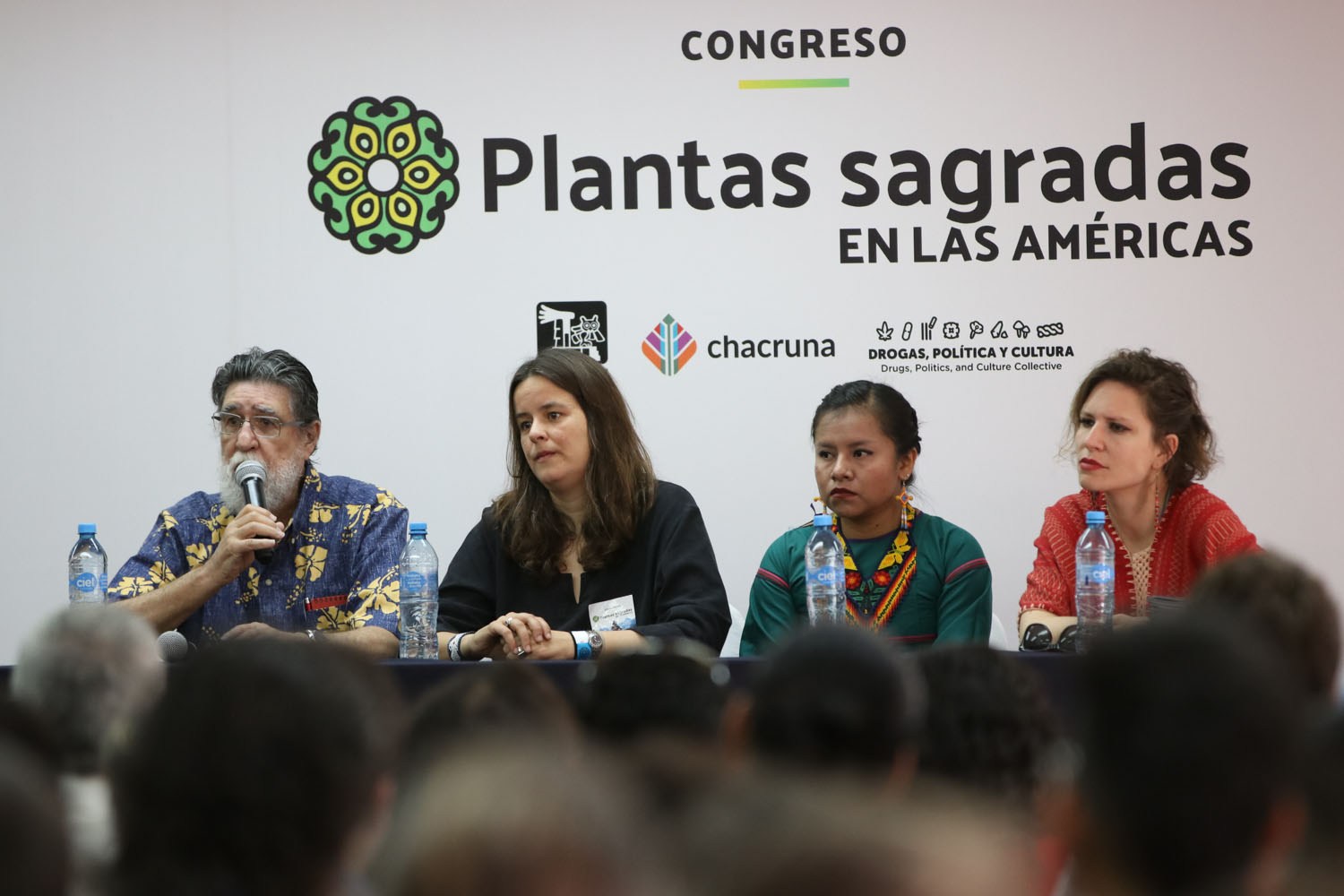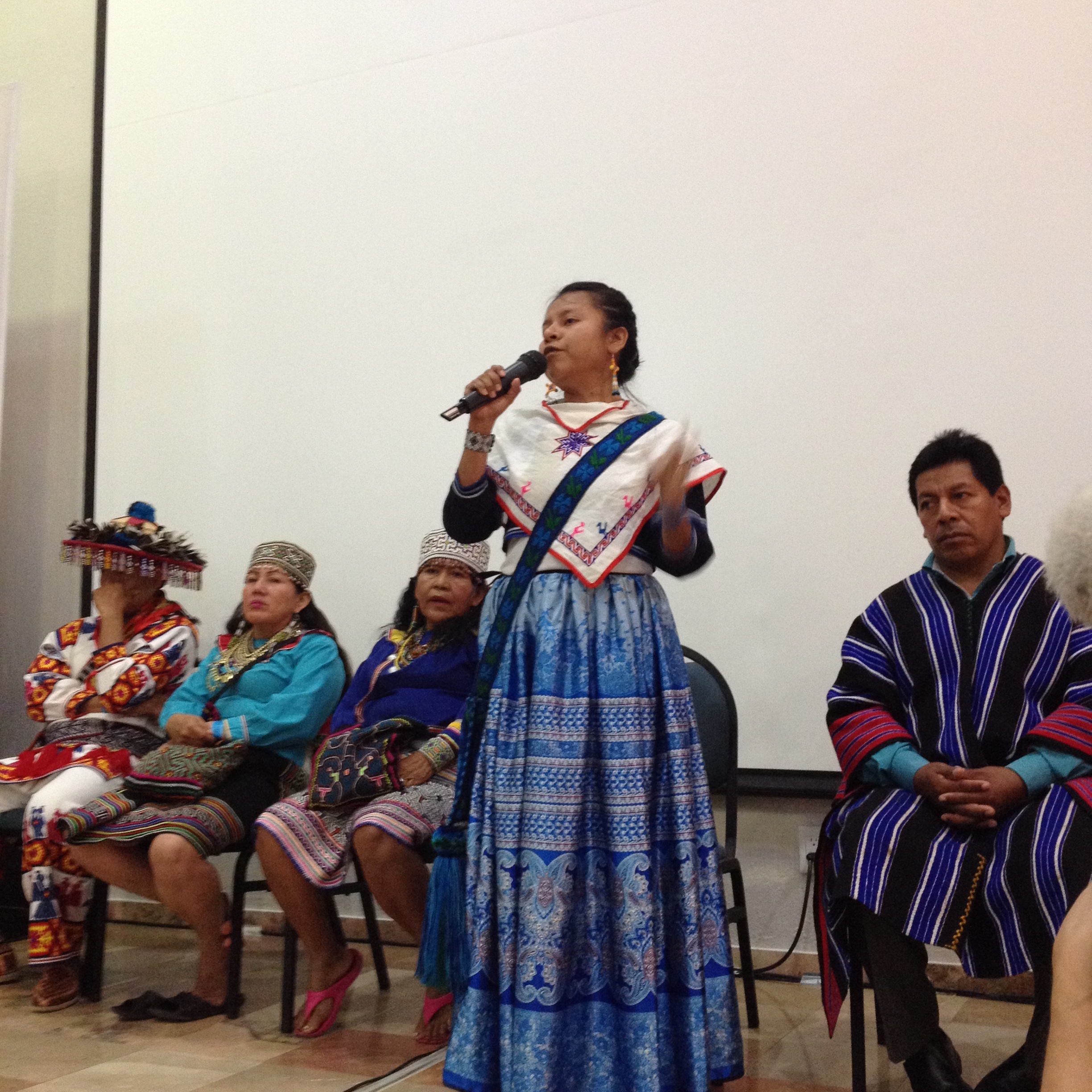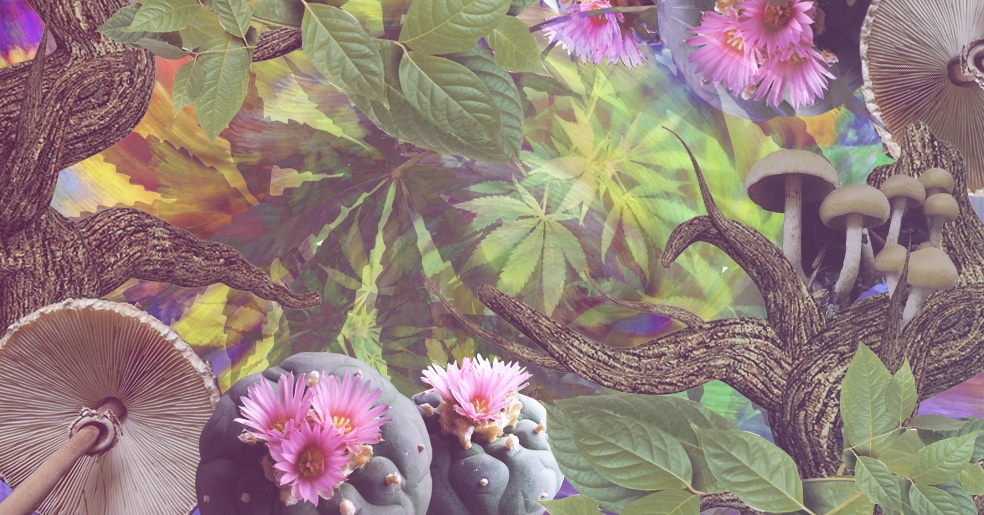- Psychedelics in the Global South: Relevance and Consequences of the Countercultural Movement in Mexico - February 19, 2025
- United Nations on Psychedelics. The World Drug Report 2023 and the Renewed Interest in Psychotropics Substances - August 24, 2023
- Old Uses of Peyote in Traditional Mexican Medicine and its Inclusion in Official Pharmacopeia - July 5, 2023
- Rethinking Power, Plants, and the Future of Psychedelic Culture - May 9, 2025
- Where Is the Psychedelic Movement Headed Next? - October 15, 2024
- The FDA’s Rejection on MDMA-Assisted Therapy: What is Next for the Psychedelic Movement? - August 16, 2024
Since their inception, international policies toward drugs have been characterized by being racist, classist, colonialist, and created by a Western elite that has failed to consider the diversity of traditional uses for plants and psychoactive substances. This disregard has generated political, economic, and social repercussions, and has affected cultural practices, particularly in indigenous communities. These communities have seen a big impact on the ritual, religious, and medical wisdom about plants that are, and have always been, considered sacred for many societies in the Americas.
Despite these restrictions, many indigenous communities in the Americas have managed to safeguard their ancestral knowledge about the use of psychoactive plants and the extensive collective imagination and mythology that surrounds these species. We believe that this traditional knowledge about sacred plants needs to be listened to, considered, and appreciated to generate new approaches to the current drug situation.

Mexico is known for the devastation and violence cause by the so-called “War on Drugs” that has cost countless lives, with deaths on the rise, and other economic, healthcare, social, and cultural consequences. But the country also stands out for the enormous biological diversity of its endemic psychoactive species, including peyote and fungi like psilocybin, as well as ololiuhqui and Salvia divinorum, not to mention the role of these species in pre-Hispanic religion; scientific research into narcotic, stimulant, and hallucinogenic alkaloids; Mexico’s historical importance in psychedelic movements in the 60s and 70s; the ritual and medical practices of contemporary indigenous and mestizo populations, and countless cultural expressions both past and present. Mexico’s social and historical situation is not unique; it has much in common with other Latin American countries.
In February of this year, on the shores of majestic Lake Chapala in Ajijic, Jalisco—a sacred Wixárika site that has been visited by known figures in the psychedelic scene, such as Timothy Leary—more than 1,500 people from around the world, including representatives from indigenous communities, social scientists, traditional doctors, and allopaths, legal experts, and others interested in entheogens and drugs met to exchange opinions, learn, and reflect on psychoactives at the Sacred Plants in the Americas Congress. The event, organized by CIESAS-Occidente, Colectivo Drogas Política y Cultura, and Chacruna, led to multidisciplinary and interethnic dialogue between anthropology, history, traditional knowledge, psychedelic medicine, and drug policy reform. This allowed knowledge and struggles to be shared, gave voice to ancient wisdom, built bridges and networks, and opened and promoted debates.

One of the highlights was the discussion around the problems faced by the Wixárika people defending Wirikuta—the region in northeast Mexico where peyote grows—and other sacred sites. Híkuri, or the Lophophora williamsii cactus, also known as peyote, is threatened by mining extraction projects and ongoing tensions in the area caused by ecological, political, legal, and cultural issues; not to mention the fact that the plant is illegal.
These controversies showed us the importance of these insights into psychoactive plants and their molecules, the diverse areas of research yet to be explored, the many underlying political and economic interests, and the need for legislative reform. To achieve this reform, we need to deepen our knowledge of history, anthropology, psychedelic medicine, biology, ecology, chemical components and their effects on human consciousness, and physiology in order to build fair, tolerant, and inclusive policies backed by science that compensate for the damage already caused to cultural practices by anti-drug policies and do not divest the plants of their sacredness.

More information about the conference here
Take a minute to browse our stock:
Did you enjoy reading this article?
Please support Chacruna's work by donating to us. We are an independent organization and we offer free education and advocacy for psychedelic plant medicines. We are a team of dedicated volunteers!
Can you help Chacruna advance cultural understanding around these substances?









